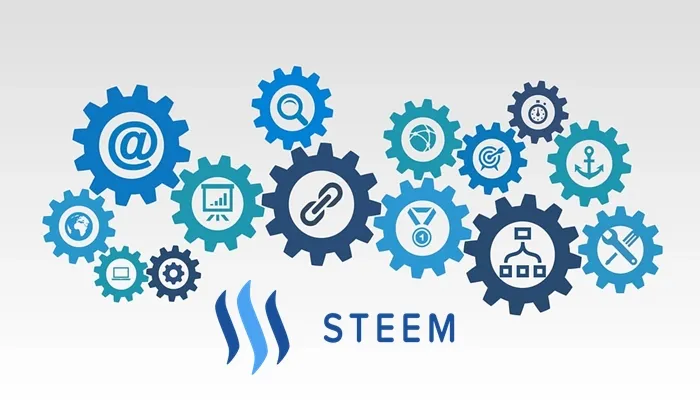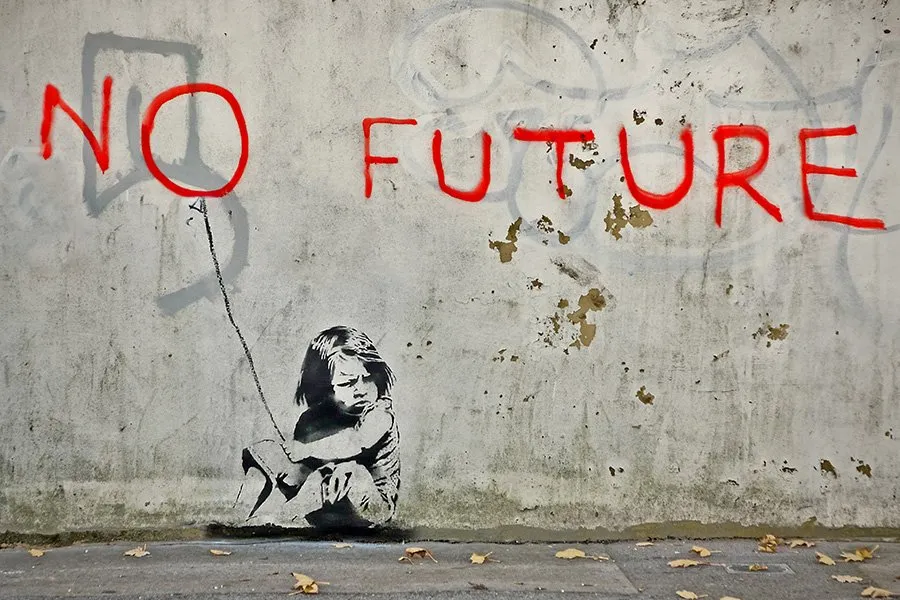What is Freemium?
In short, freemium business model means that you get a service or a product for free while someone else pays for the costs of developing it and providing it to you.

source
You probably know the most prominent examples such as Facebook with its social network, Google search, and Steemit with its social media network. All these services needed huge investments into development before even coming to the stage where they would be able to provide users with their service. Now they “only” need resources for operation, but these are also not negligible - they need many servers just to run and big teams to keep them running and keep improving your user experience.
Somebody has to cover all these costs. So the question is, who is it if it’s not me - the user? Who wants me so much to use the service that they pay for it? There is a saying: "If you're not paying for the product, you are the product."
Who Is Paying It?
For most internet businesses the answer is simple: Advertisers. For me ads are a controversial topic: 10 years ago, I hated ads because they were just a source of distraction for me. They were basically stealing my precious attention, and once I found out about ad-blocker I immediately started blocking all ads. I was happily using the internet until Facebook found a way around ad-blocker and put ads into my feed.
I was angry at first, but then I noticed something’s changed. Facebook had been learning about me the whole time and started giving me ads which were much more relevant. So I realized that ads are not pure evil as I originally thought. The problem was not with ads in general, just with the ads which were not targeted well and thus too irrelevant, spammy to me. I thought it was actually pretty clever - use AI to find out what I like and get paid for showing me the ads which have the highest chance of being useful to me.
Is Freemium Broken?
That was before I realized this is not how it works. There is nothing there which would hold facebook back from showing me ads which I totally don’t care about if it’s more profitable for them. They just need to ensure the ads don’t decrease my time spent on Facebook much, but otherwise, they optimize for something completely different than what I want.
But my goal was not to attack Facebook here, it’s just an example. Google and other “free” online services have the same problem: The incentives in the freemium business model are just fundamentally broken. And the reason is that the one who is paying for the service is different from the one using it.
So What About Steem?
You might be wondering, how does Steem fit into this topic? There are no ads on Steem... But you can still create an account, post, comment, and vote. You can even earn rewards without paying a dime upfront! So who is paying for all that?

source
Who Is Paying for Steem?
You could say nobody and everybody. Both are wrong, but at the same time there is a piece of truth in each. In short, everything is paid by inflation. But the devil is always in the detail - because if everyone’s stake were inflated by the same amount, nobody would earn anything. In reality everybody pays something, but some people get something in return. So who pays what?
You could say people who are inactive are paying for the activity of others. To be more specific, everybody gets diluted by approximately 9% per year, but holders of liquid STEEM pay the most as they don’t get anything in return. Then there are holders of Steem Power who don’t vote. They also have the 9% inflation as everybody else, but they get approximately 2% back, so that’s 7% per year.
About a third of all existing STEEM is kept liquid and almost a half of Steem Power is not being used for voting. By being inactive the owners of these allow all other active voters to distribute 3 times more rewards (over 21 million STEEM per year) than they could if everybody powered up and voted (7 million).
Ok, What’s the Problem?
I see two big problems we are currently facing. We, the users of Steem, have been relying too much on the rising crypto markets and on the speculators (holders of liquid STEEM) and the long term investors (inactive large SP holders). We got too used to the rewards we get from them without even knowing where these were coming from. Now with the big price decline, this business model starts failing as we see on the example of Steemit Inc, who is the largest owner of liquid STEEM and inactive SP.
The second problem is quite deeply connected to the first one. The incentive for normal users to power up is broken. Originally the main financial incentive for powering up was curation. But this currently isn’t working because the reward distribution is not working. Only a small fraction of good content gets good rewards.
Why is that? There is like 20 thousand new posts created on Steem every day. But with no content discovery mechanism people are unable to find good pieces. And if most of the good posts never reach their readers, nobody will reward them. Then in turn, if good posts often don’t get good rewards, there is no incentive to search for them and upvote them (other than purely altruistic). In this situation there is just no reason why people should power up.

source
Are We Doomed?
There is a new project - @steeveapp - that tries to change this situation for the better. I think it has a great potential to succeed, but I will not talk about it here, as I am a part of it. Just one thing to add: It won’t be free. Because nothing of value is actually free.